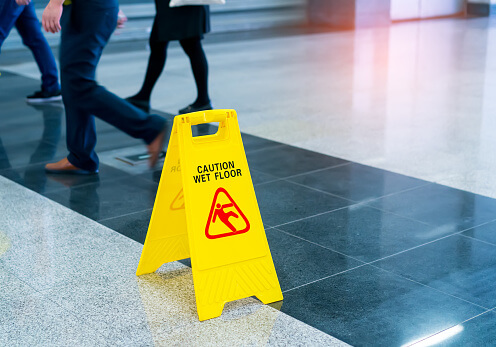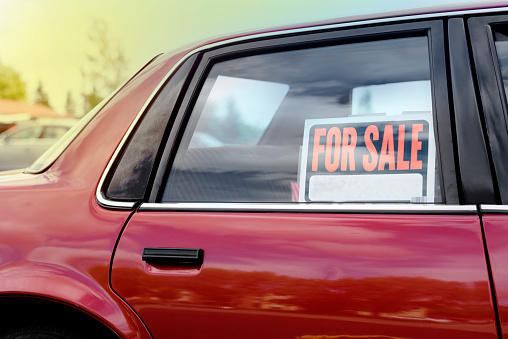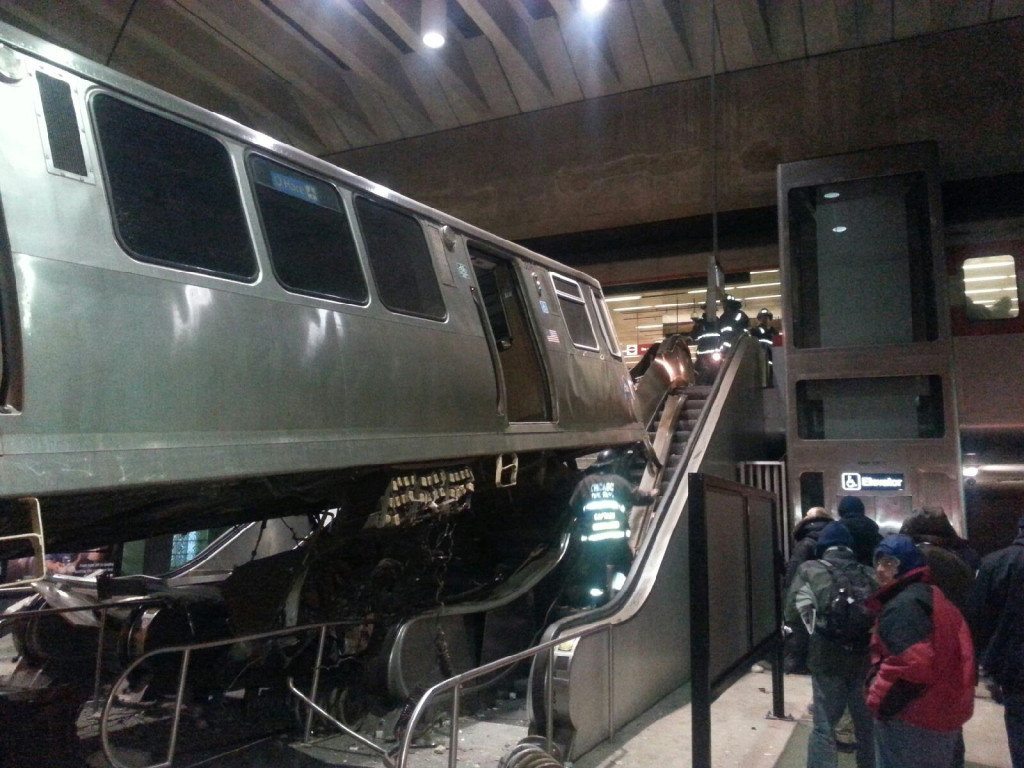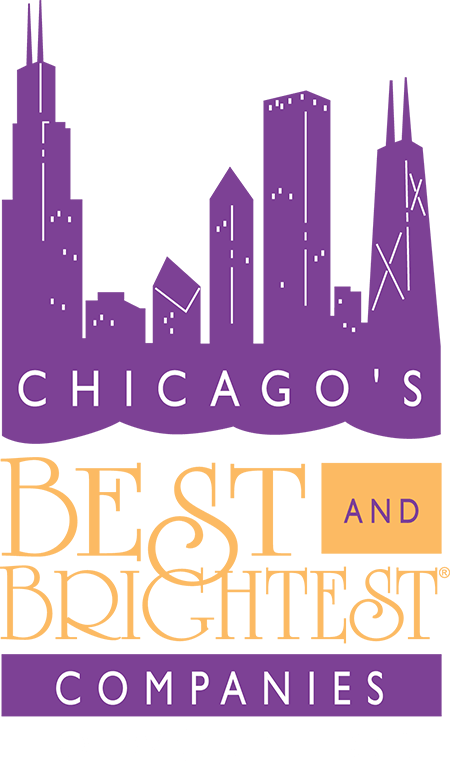During a bad winter, most people focus on the dangers of auto accidents caused by snow and ice. However, slip and falls are another leading cause of death and, in upcoming years, may actually overtake car accidents as the leading reason for trauma-related fatalities.
With an aging population, the risks associated with slip and fall injuries are likely to worsen since seniors are more likely to be seriously hurt after they take a tumble. Now, a new method of measuring conditions, called the “Slipperiness Score” could be important in helping to save lives and prevent traumatic injuries.
Store-owners and others who invite guests onto their properties must be aware of the serious risks of falls associated with bad weather. Rain, snow, and sleet can also cause parking lots, sidewalks and store floors to become slippery and dangerous. This, in turn, can lead to accidents and lawsuits against property owners. Victims of slip and fall incidents can contact accident lawyers in Chicago for help with a claim for damages.
Slipperiness Score Aims to prevent Fall Injuries
The slipperiness scoring method was developed by Michigan College and focused on Medicaid patients over the age of 65. Authors were careful to indicate that harsh winter weather can increase the risk of falls for people of all ages.
The researchers analyzed conditions including wind speed, snow, and cold temperatures in order to identify the days that were the most likely to result in slip and fall injuries. The slipperiness scores ranged from zero to seven:
- A temperature below 32 degrees meant one point was added to the score.
- The presence of rain, drizzle or other mild weather events added one point.
- The presence of harsh weather events including snow or freezing rain added two points to the score.
- The presence of snow or ice on the ground at the start of the day added one point.
- Precipitation on the ground that had a water equivalent to less than .01 inch added one point to the score.
- If the precipitation on the ground was greater than .01 inch, two points were added.
- A maximum wind speed of 24 miles per hour or greater added one point to the score.
According to the study findings:
- A day with a score above 4 meant that the risk of sustaining a bone fracture from a fall increased by 21 percent.
- On the slipperiest days of the year, the additional risk of sustaining a fracture in a fall increased to almost 40 percent.
- More than 1,000 additional wrist fractures occurred in the winter among adults aged 65 and up compared with the number of fractures in other seasons.
To prevent a slip and fall and resulting injuries, both individuals and those opening up their homes or businesses should be mindful of the factors that are likely to increase a slip and fall so that they can take steps to keep floors dry and sidewalks clear in order to reduce the danger.
Injury lawyers in Chicago can help after an accident. Call Coplan & Crane at 800-394-6002 to schedule your free consultation.
















